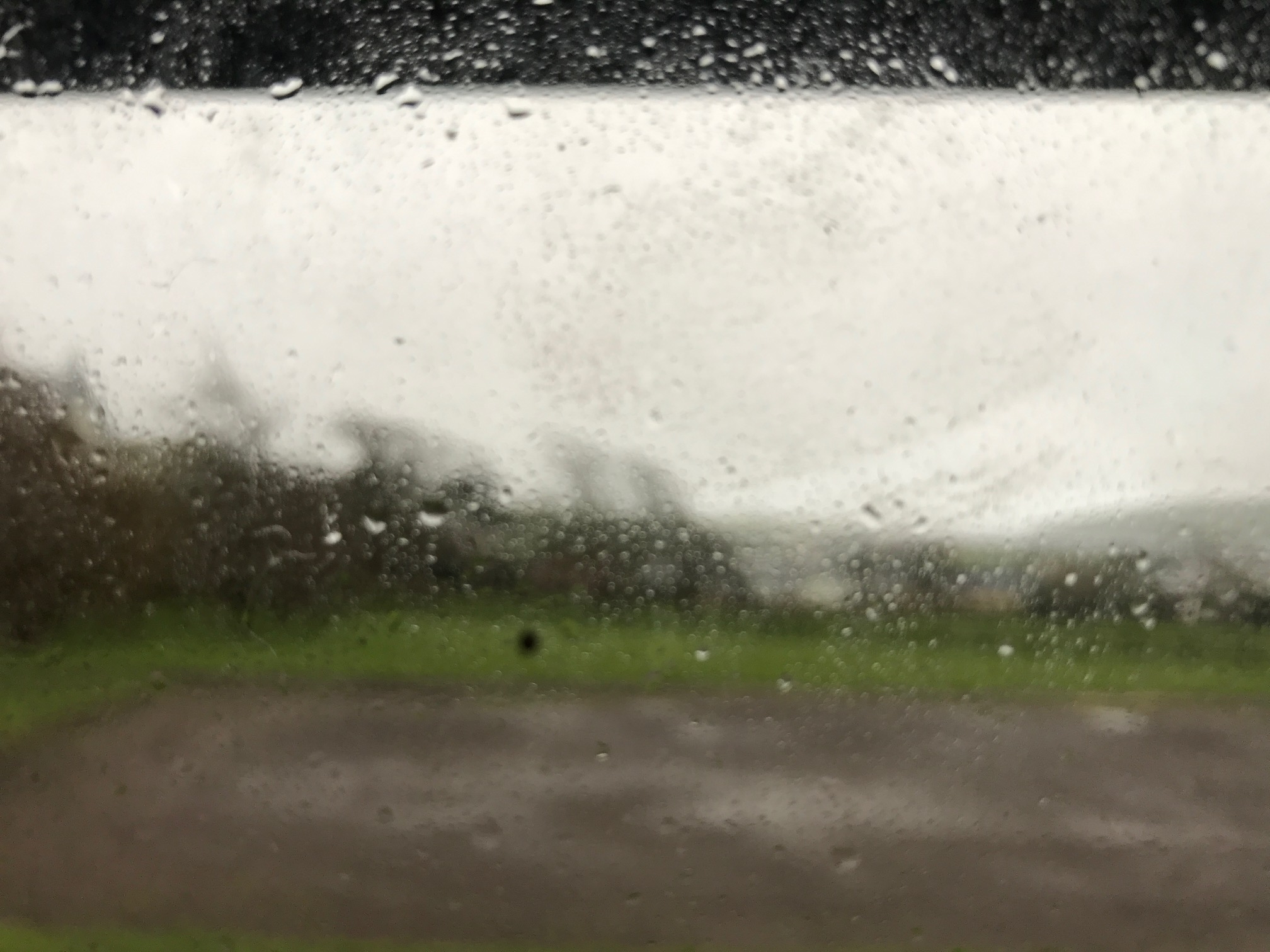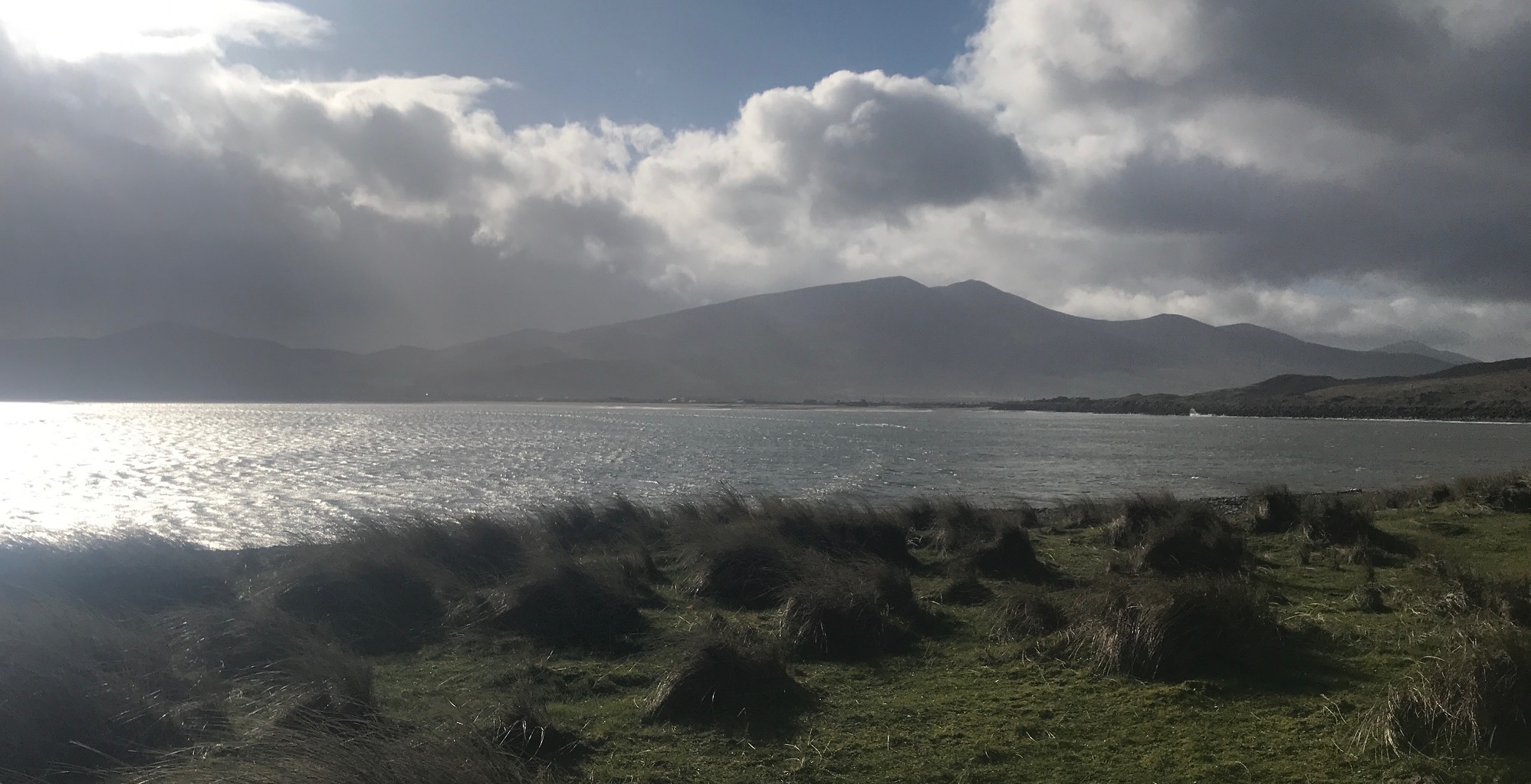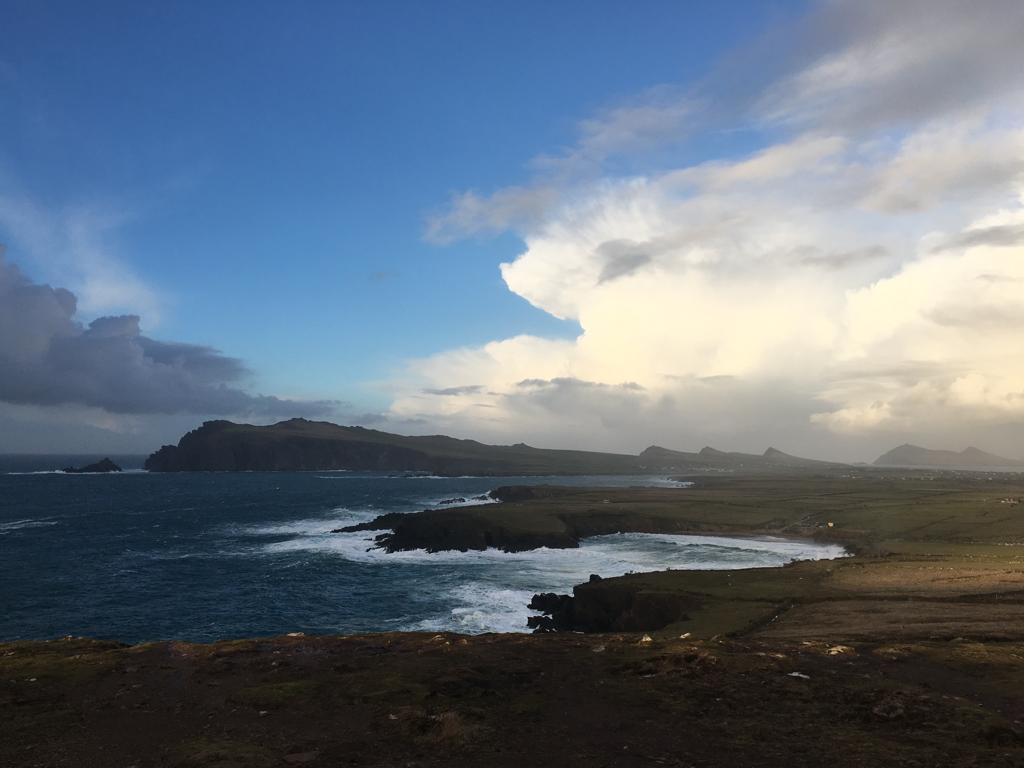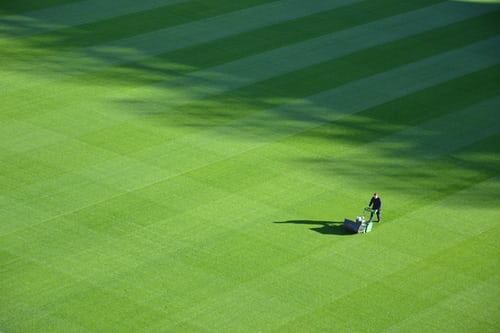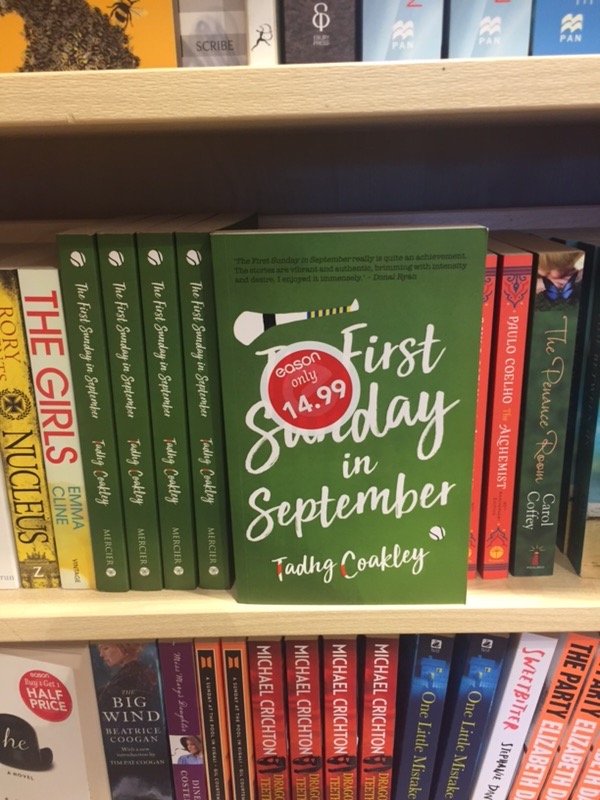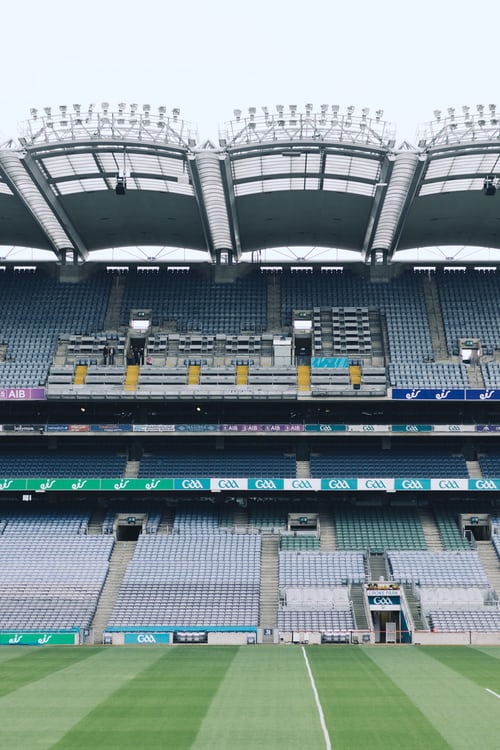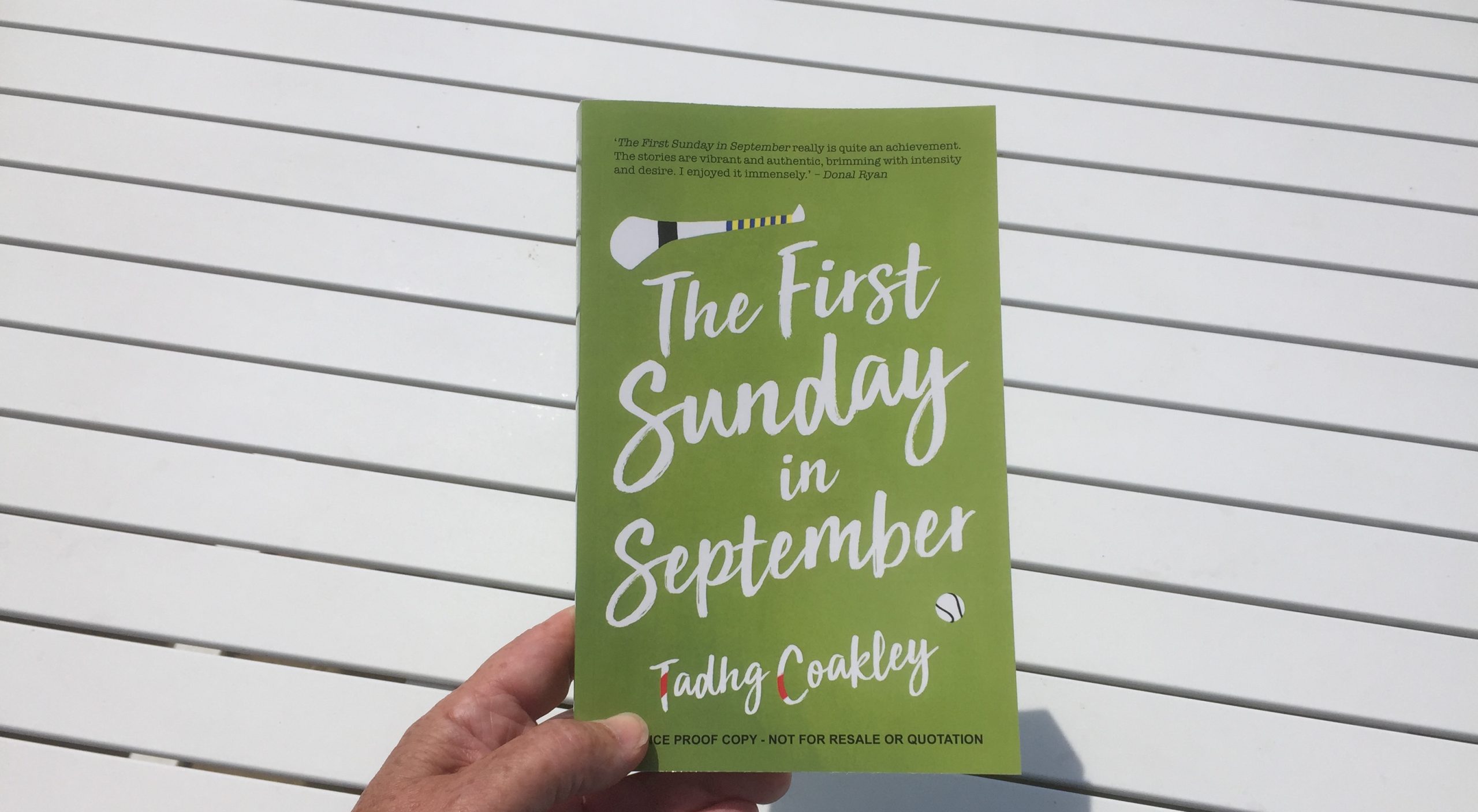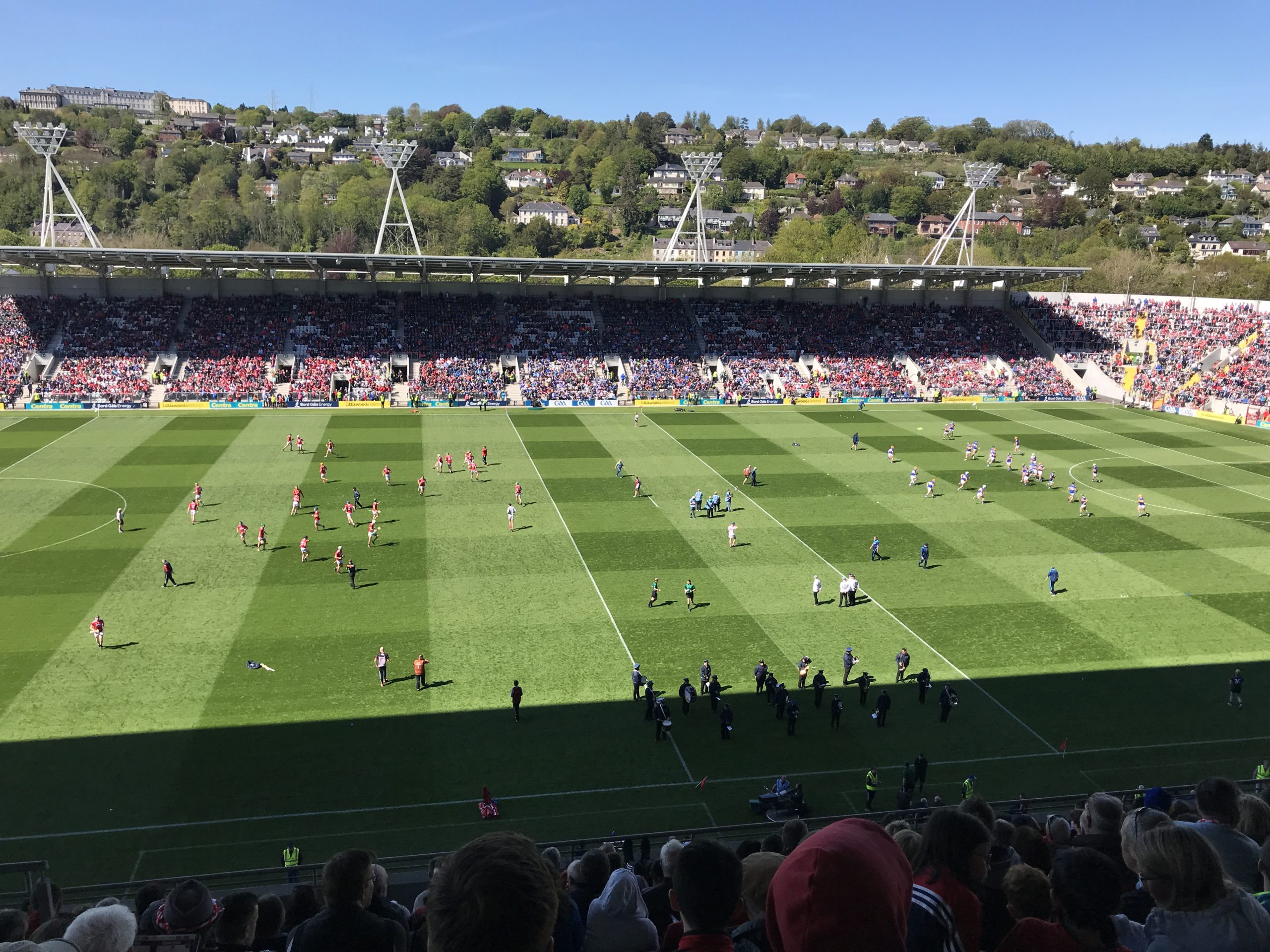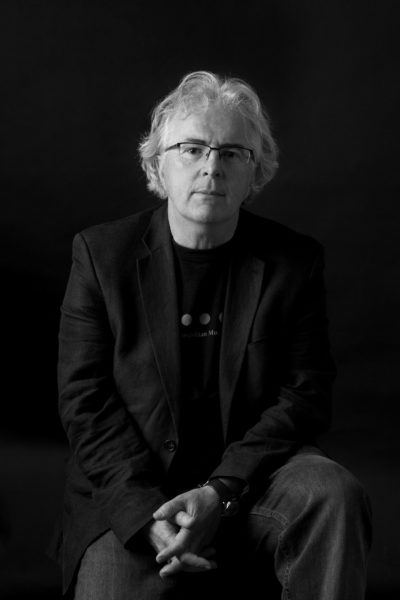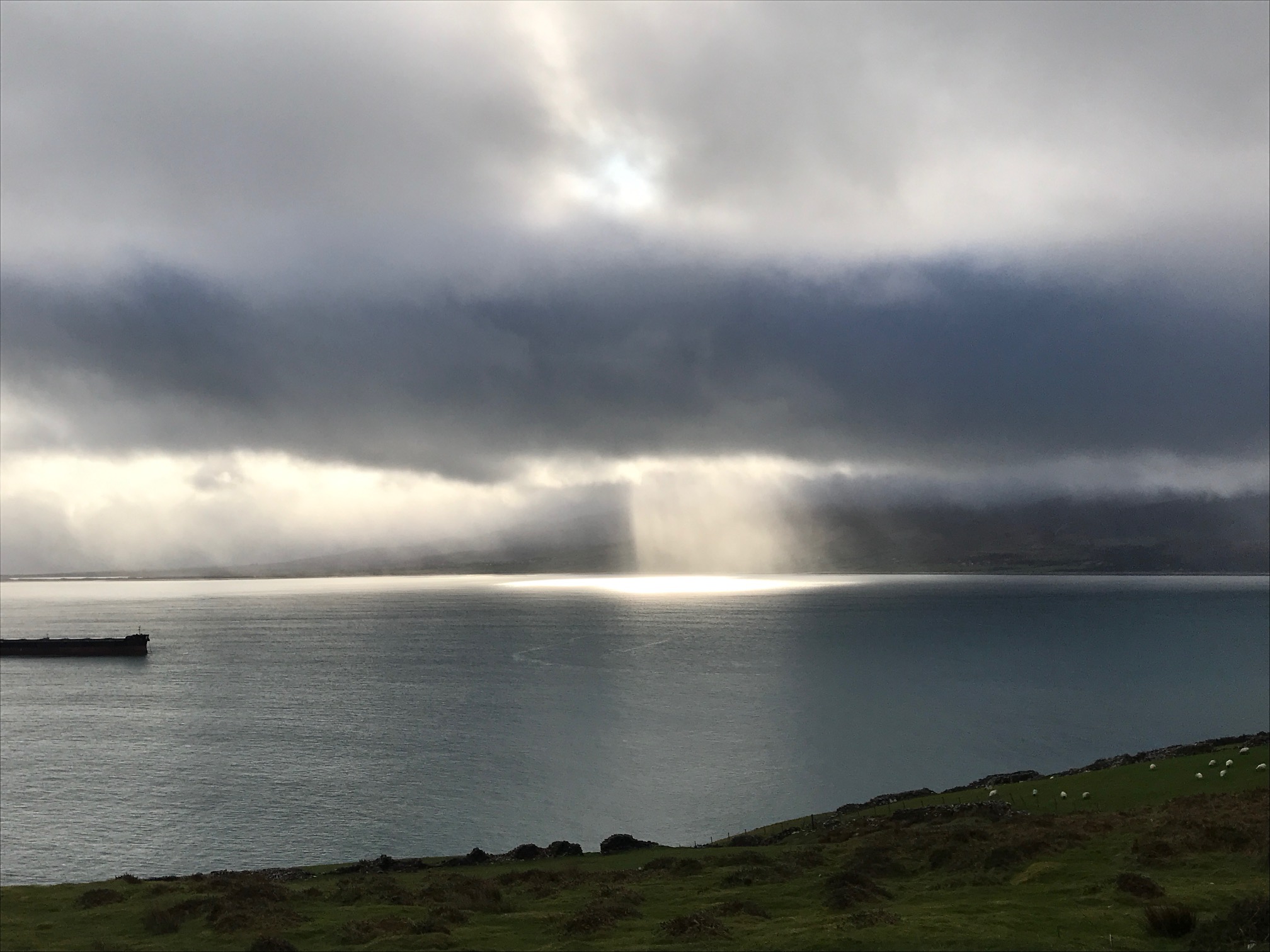
The Dingle Diaries. 5: Siúlóid an tSáis
There was a moment on the walk when I turned around and looked at the valley I was emerging out from. It was brown with dead ferns and black where gorse bushes had burned. Green in places with heather. And I was completely alone. I couldn’t see any sign of human life, I was surrounded on all sides by hills and only hills. The wind blew through the valley. A stream surged at its base, towards the sea. But I couldn’t see the sea, I couldn’t see any houses, either, or any sign of human life. The mountains, the sky, the dead ferns and gorse, heather, a stream and me.
